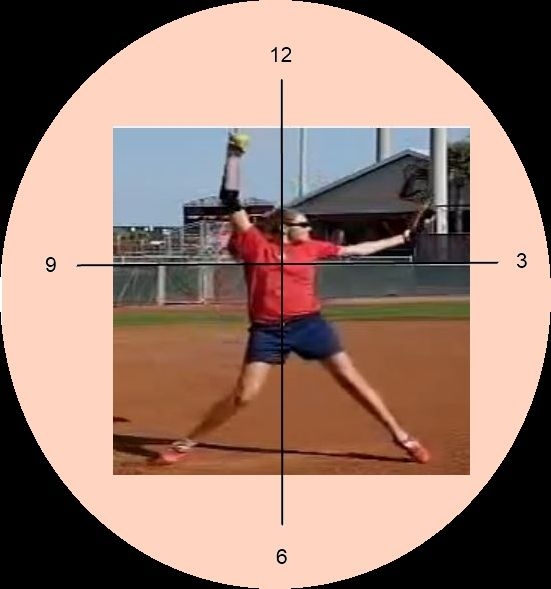- Jun 18, 2023
- 371
- 43
A year into my daughter pitching I guess i've become the defacto 'pitching coach' for our town travel team (insert clichés about coach's daughter, etc) just from looking up this stuff and paying attention in her lessons.
You can tell pretty fast, even if they're not even remotely good/reaching the plate/etc who's had instruction and who hasn't. The amount of wiggling/fidgeted/rocking or whatever you want to call it some of these girls do is insane. It's like they're trying to get their feet, hands, body into the position that feels right and doing it by brute force trial and error. Sometimes I feel like I could do more good for our team by coaching THEIR pitchers so we have pitches to hit vs. getting our pitchers better.
The problem I find is that some kids can throw the ball 'towards' the plate just on like, arm strength alone, but if you try to get them to release at the right spot, and not leaning over and front side resistance and all that, they can't. Add in parents/coaches/etc just telling them to "get it over" and it can be tough to get them to focus on mechanics over results.
I hate the clock references for some reason, I wonder if it's because I'm left handed and mentally reverse just about every baseball/softball thing I read. Are we talking 3:00, when the ball is still in front of the pitcher? What stuff are you looking for specifically there for the checkpoint?
You can tell pretty fast, even if they're not even remotely good/reaching the plate/etc who's had instruction and who hasn't. The amount of wiggling/fidgeted/rocking or whatever you want to call it some of these girls do is insane. It's like they're trying to get their feet, hands, body into the position that feels right and doing it by brute force trial and error. Sometimes I feel like I could do more good for our team by coaching THEIR pitchers so we have pitches to hit vs. getting our pitchers better.
The problem I find is that some kids can throw the ball 'towards' the plate just on like, arm strength alone, but if you try to get them to release at the right spot, and not leaning over and front side resistance and all that, they can't. Add in parents/coaches/etc just telling them to "get it over" and it can be tough to get them to focus on mechanics over results.
And in 9 out of 10 posts, it's just insufficient drive. I'm getting to be obsessed with the 3:00 position as the first true checkpoint. I've never seen a pitcher with a bad 3:00 checkpoint that finishes the pitch correctly. I don't think I've even seen one with front side resistance unless she's straight-leg stepping out. So many little things can be alleviated without specific drills if the drive is corrected. Posture, FSR, elbow bend, etc. Fixing drive to hit that 3:00 checkpoint is my advice every time now. The rest seems insignificant to me at this point.
I hate the clock references for some reason, I wonder if it's because I'm left handed and mentally reverse just about every baseball/softball thing I read. Are we talking 3:00, when the ball is still in front of the pitcher? What stuff are you looking for specifically there for the checkpoint?



